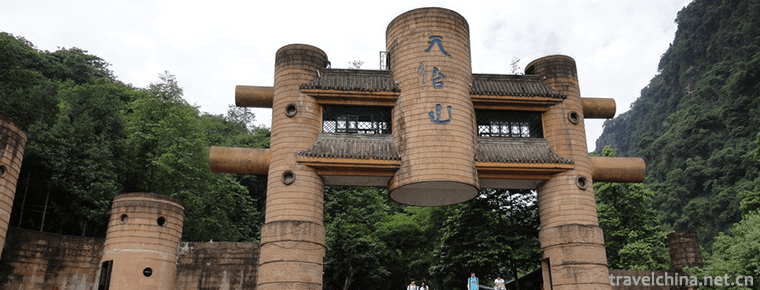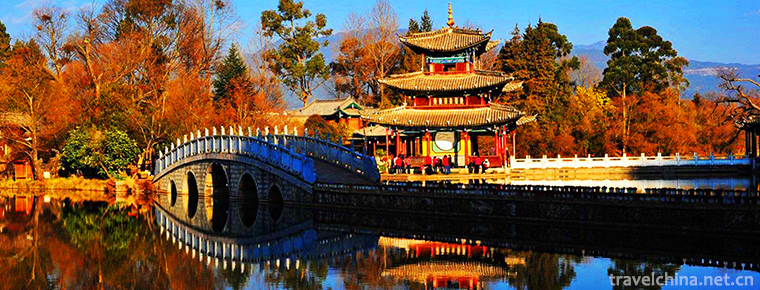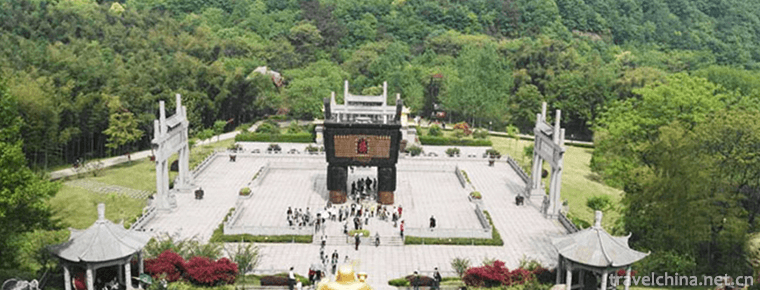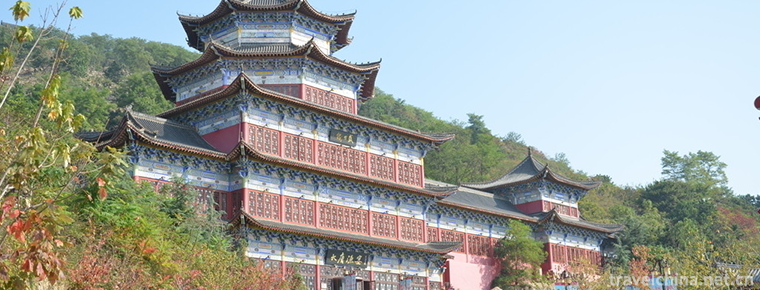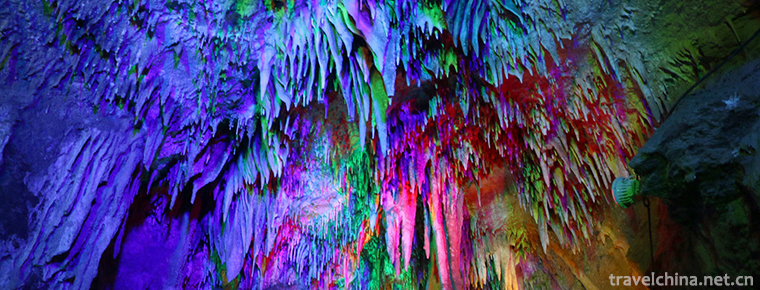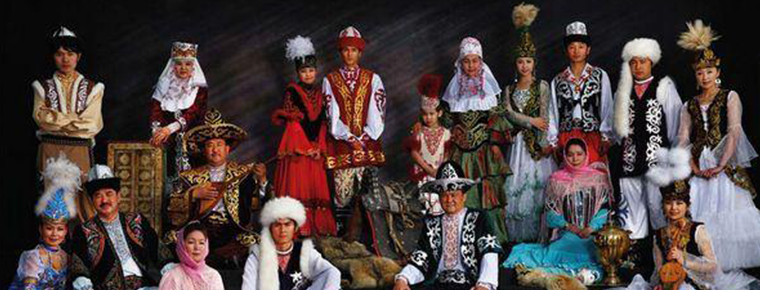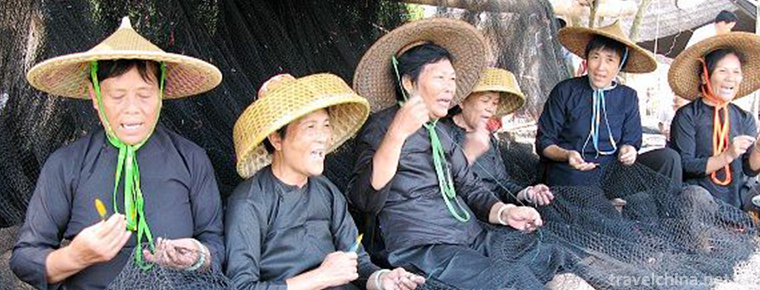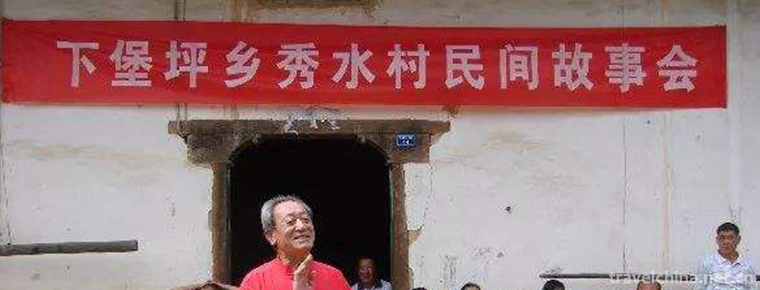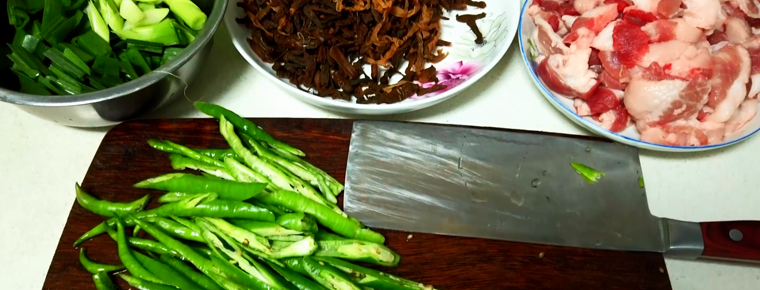Cheongsam and fan
As the saying goes, the pipa is half covered. What did ancient beauties use to cover their faces? The first reaction must be a fan! Fans are also the most common accessories in ancient times. Men use paper fans and women use round fans. Chinese traditional fan culture has a profound cultural heritage, which is an integrated part of the Chinese culture. In the period of the Republic of China, the elegant cheongsam beauty is indispensable to a superb group fan!
The beauty holds a fan to cover her face, and the literati and poets can't help but associate the Tuan fan with the beauty of cheongsam. They even wrote in the poem, "the white fan in the hand is as pure as the autumn moon." Such a beautiful sentence. Since ancient times, the group fan is a symbol of hazy beauty. The paintings on the fan are the objects of women's affection, and they are also the incisive interpretation of women's charm, tenderness, implication and elegance as well as thousands of amorous feelings.
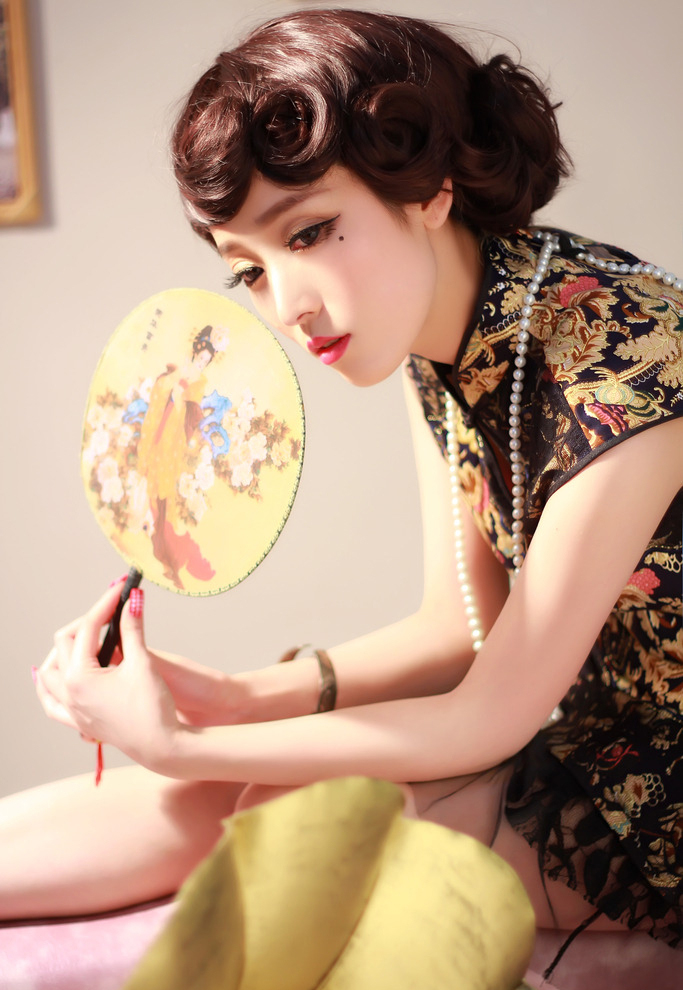

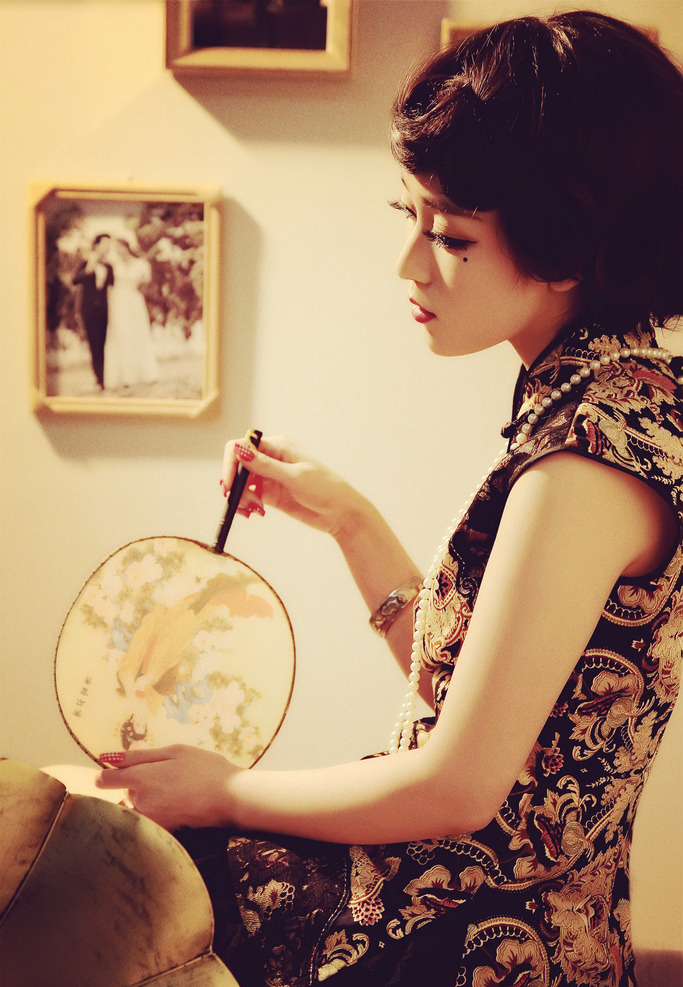

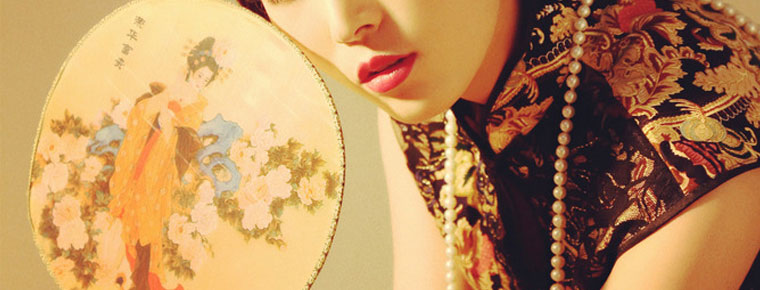
Cheongsam and fan
-
Tiantai Mountain Scenic Area
Tiantai Mountain Scenic Spot, National AAAAA Class Tourist Spot, National Key Scenic Spot, One of China's Top Ten Famous Mountains, National Eco-tourism Demonstration Zone, Zhejiang Top Ten Tourist Sp
Views: 278 Time 2018-12-07 -
Lijiang Heilongtan Scenic Area
Heilongtan (also known as Yuquan Park) was built in the second year of Qianlong (1737). It was restored in the sixty years of Qianlong and the eighteenth year of Guangxu. The old Yuquan Dragon King
Views: 288 Time 2018-12-22 -
Malenqi Peak Forest Tourist Area
Located at the junction of Tongling, Nanling and Fanchang counties on the South Bank of the Yangtze River, Maren Qifeng scenic spot is located in the middle of the southern Anhui tourism belt
Views: 220 Time 2019-02-06 -
Stone Old Man Sightseeing Park
Shilao Sightseeing Park is located in Qingdao City to Laoshan Scenic Area, east of the fishing banquet in the Tang Dynasty, with an area of 1200 mu. Starting at the end of 1999
Views: 234 Time 2019-02-08 -
Yishui Natural Underground Gallery Scenic Area
Yishui Natural Underground Gallery is located in Liuhuyu Township, Dongtou Township, Yishui County, Shandong Province, which is the first ecological town in Yimeng and the hometown of Hongsiao.
Views: 372 Time 2019-03-04 -
Kazakh medicine
Since the pre-Qin Dynasty, the Kazakh people have multiplied and lived in the vast grasslands and some agricultural areas in Northwest China. They have accumulated rich medical experience in productio
Views: 425 Time 2019-05-02 -
Lingao Fishing Song
Lingao Fishing Song is a kind of Han folk song which is popular among fishermen in Lingao County, Hainan Province. Because of its use of the lining "Li Li Mei" and related legends, it is als
Views: 290 Time 2019-05-13 -
Xibo Folk Stories
Xibo folk tales, Xibo people are descendants of Xianbei people in ancient times. Xianbei was originally nomadic in the eastern foot of the Great Hinggan Mountains, and has been hunting and fishing for
Views: 214 Time 2019-07-01 -
Xiabaoping Folk Stories
There are many original ecological works of Xiabaoping folk tales, which have distinct local characteristics and high cultural taste. It is the epitome of the traditional folk literature in the Three
Views: 359 Time 2019-07-01 -
Stir fried pork with salted vegetables
Stewed pork with dried plum is a famous traditional flavor dish in Shaoxing, Zhejiang Province. The main raw materials are dried plum and streaky pork. Dried vegetables absorb meat fat to remove astri
Views: 473 Time 2020-03-18 -
Longmenshan earthquake site park
This entry is lack of information column, supplement the relevant content to make the entry more complete, but also can quickly upgrade, come on! The site earthquake park includes the widely spread ruins of Xiaoyudong bridge
Views: 194 Time 2020-11-05
